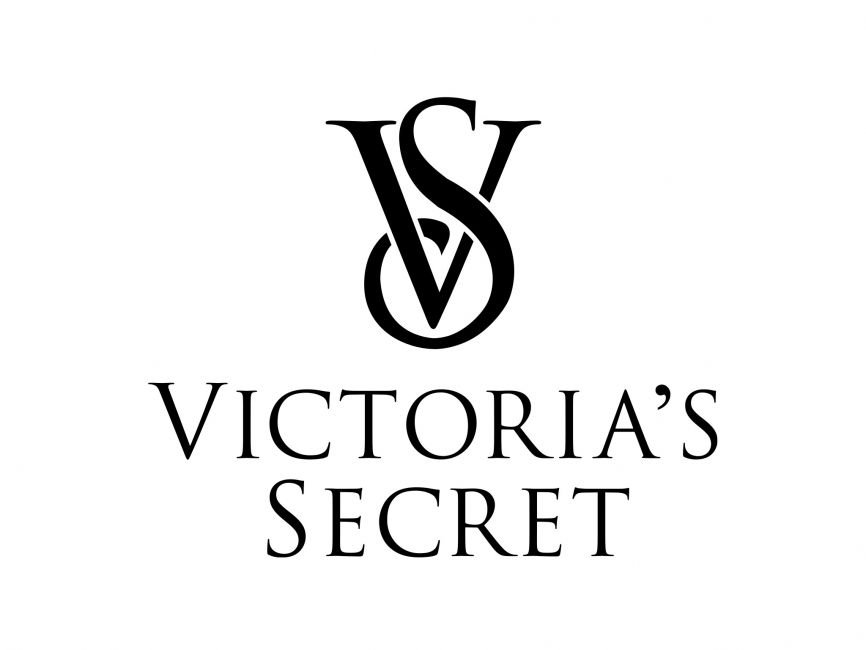
Interview with Ottawa Business Coach Ashley Beaudin
Let me just say: If you don't know Ashley Beaudin, you are missing out.
Ashley is a major heart encourager, business coach, content creator, movement maker and HUGE supporter of women breaking through the image of perfection and sharing their authentic and powerful stories to create a businesses with real impact.
















